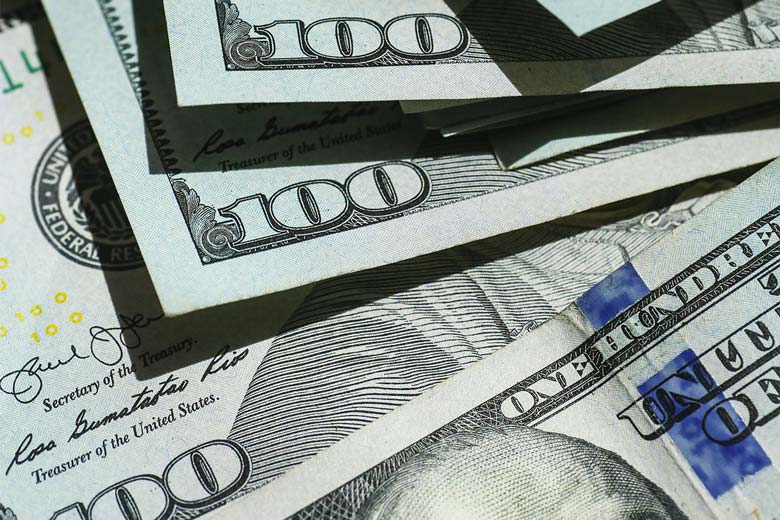
The music industry, much like other creative fields, offers a duality: a personal pursuit and a potential path to financial success. For those who choose the latter, what was once a straightforward journey to fame and fortune now demands a diversified approach. While artistic expression remains crucial, musicians aiming for sustainability should view themselves as CEOs of their own music, blending creativity with income generation.
Following discussions with various musicians, this article provides valuable insights on generating income from music. Stressing that building a successful music career isn’t a one-hit wonder; it’s a multi-pronged approach encompassing streaming services, live performances, brand collaborations, and other avenues.
Diversification is key! While streaming services like Spotify and Apple Music offer exposure, their payout structures often require a large audience for meaningful income. For many new musicians, initial streams are hardly enough even to cover production costs. To illustrate this point, consider how much platforms like Spotify, Apple Music, and YouTube pay per 10,000 views. For most artists, reaching 1 million views is a significant milestone requiring considerable time and effort, and it may not translate into substantial income, even for established artists in some regions. Therefore, artists are advised not to rely solely on streaming platforms as their primary source of income.
Live performances, in contrast, provide a more immediate and substantial income. Even small gigs at local venues or private events can generate more revenue than thousands of streams. A strategic artist can earn more from a two-hour performance than from months of online listens. In addition to the income, live performances are excellent for growing artist-fan engagement and loyalty.
Beyond streaming and live performances, brand partnerships and sponsorships offer lucrative opportunities for musicians with large and engaged fan bases. Traditionally, record sales and tour performances were the primary sources of artist income, but brand partnerships have become increasingly important. These deals can be more financially rewarding than both streaming and performances combined. Major companies are increasingly recognising the influence of musicians on consumers, leading to lucrative endorsement deals and public appearances. For instance, Beyoncé’s collaboration with Adidas for her Ivy Park line, Diamond Platinumz’s endorsement deals with Pepsi, and A Pass’s ambassadorship deals with Airtel Uganda are prime examples. These artists exemplify how leveraging their fan bases through brand partnerships can boost both their finances and careers.
For instance, an artist partnering with a beverage brand could result in substantial financial gain from a simple social media post or product placement in a music video.
Otherwise, the digital age has made brand partnerships more accessible. Social media stars like Khaby Lame and Sydney Talker have secured rewarding brand deals thanks to their huge followings, proving that a strong online presence can be a significant source of revenue. However, this doesn’t necessitate competition but rather encourages music artists to elevate their strategies.
Additionally, various income streams such as merchandise sales, physical album sales, music licensing deals, and fan tips (Oluseke) can substantially contribute to an artist’s income, depending on the strategic plan devised by the artist and their management.
By embracing this diverse approach, musicians can transform their passion into a thriving and financially rewarding career. We wish all aspiring artists the best in their musical journeys.